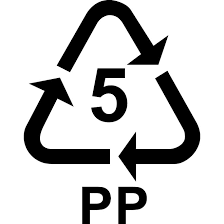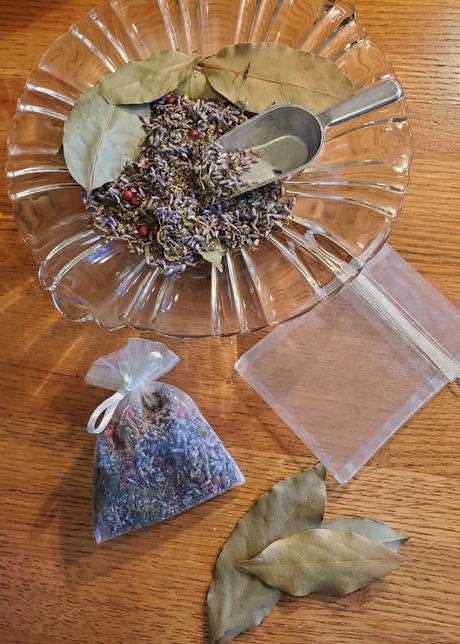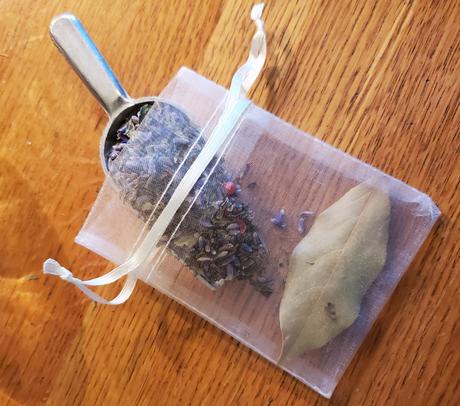This two-part post from guest blogger Linda Bussey, Director of the Hower House Museum in Akron, discusses how to care for vintage textiles like linens and table cloths.
Now that your textiles are cleaned, you can safely display or store them. Please be mindful that these vintage items should not be displayed in direct sunlight or in an overly hot or damp area. Otherwise their unhappiness will become evident with fading or mildew.
Also remember that if these pieces are used, they must periodically be gently rewashed. Hand towels will become especially high maintenance. It might be best to have a “do not use” policy for vintage towels.
For safely storing your vintage treasures, you will need a few things:
- Archival tissue paper or 100% cotton muslin fabric
- Acid -free/archival storage boxes or
- Polypropylene plastic storage bin with a lid. Be sure to look for this symbol on the bottom of the bin, indicating it is safe for storing textiles:

The acid-free/archival tissue and storage boxes may be obtained from a museum supply or from a craft supply store. Acid-free photo storage boxes may be used for small items but loosely wrap the contents in acid-free tissue or cotton fabric. Do not store with photos. Cotton fabric may be purchased from a fabric store or online and be pre-washed in unscented laundry soap without fabric softener and dried without use of dryer sheets. The fabric will be a bit wrinkled as a result, but do not despair! You can try out your new pressing skills as outlined here in the quick reference guide!
Regarding storage in a plastic bin, yes, it sounds a bit strange, I know. However, a bin of the polypropylene (PP) variety is fine for fabric storage, and may be obtained at discount stores. There is a long list of other, non-safe plastics that should not be used, such as polyvinyl chloride (PVC).
Now that you have your supplies gathered, let’s discuss how best to package the items to keep them safe and happy. Prepare a large flat surface to fold or roll the item(s). If you plan to fold them, they should be cushioned to avoid creasing, which can stress the fibers. Use acid -free tissue paper or cotton fabric scrunched up to form a small roll where the item is folded. Once folded or rolled, loosely wrap the item(s) in acid -free paper or cotton fabric, particularly if multiple items will be stored together.
Place items in an acid-free archival box or in a safe storage bin (as noted above). If rolled items are too large for a storage container, fold diagonally with the more delicate side of the item to the inside of the packet; this will help alleviate wear and tear on the more fragile stitching and surface embellishments. Make sure the container is slightly larger than needed to avoid overcrowding. Larger items, such as bedspreads, coverlets, or quilts may need to be stored separately. As always, store in a moderately temperate, dry area, away from direct sunlight, extreme cold or heat.
On a final note, be kind to your textile treasures. Remember to “visit” them occasionally to see how they are holding up. Unfurl them and let them air out for an hour or so. Whi le that is happening, be sure to examine the storage container to look for evidence of insect activity. Not my idea of a good time, either, but check anyway. Your textiles might need an intervention and to be freshened up with new wrappings. Wipe out the storage containers with a damp cloth and let air dry before carefully refolding them in a different direction, rewrapping and returning them to the container.
Having vintage textiles is a serious commitment—sometimes tedious—but well worth it . Cared for correctly, they will provide years of enjoyment and given a new lease on life because you put in the effort.
Textile Sachet Recipe
Follow this recipe and instructions for making a sachet that not only smells good, but protects your textiles from cloth-destroying pests.


